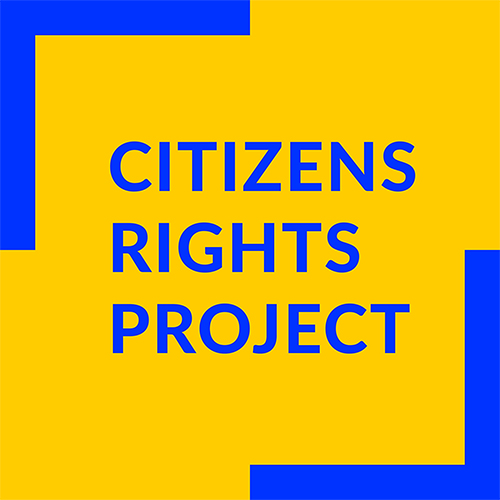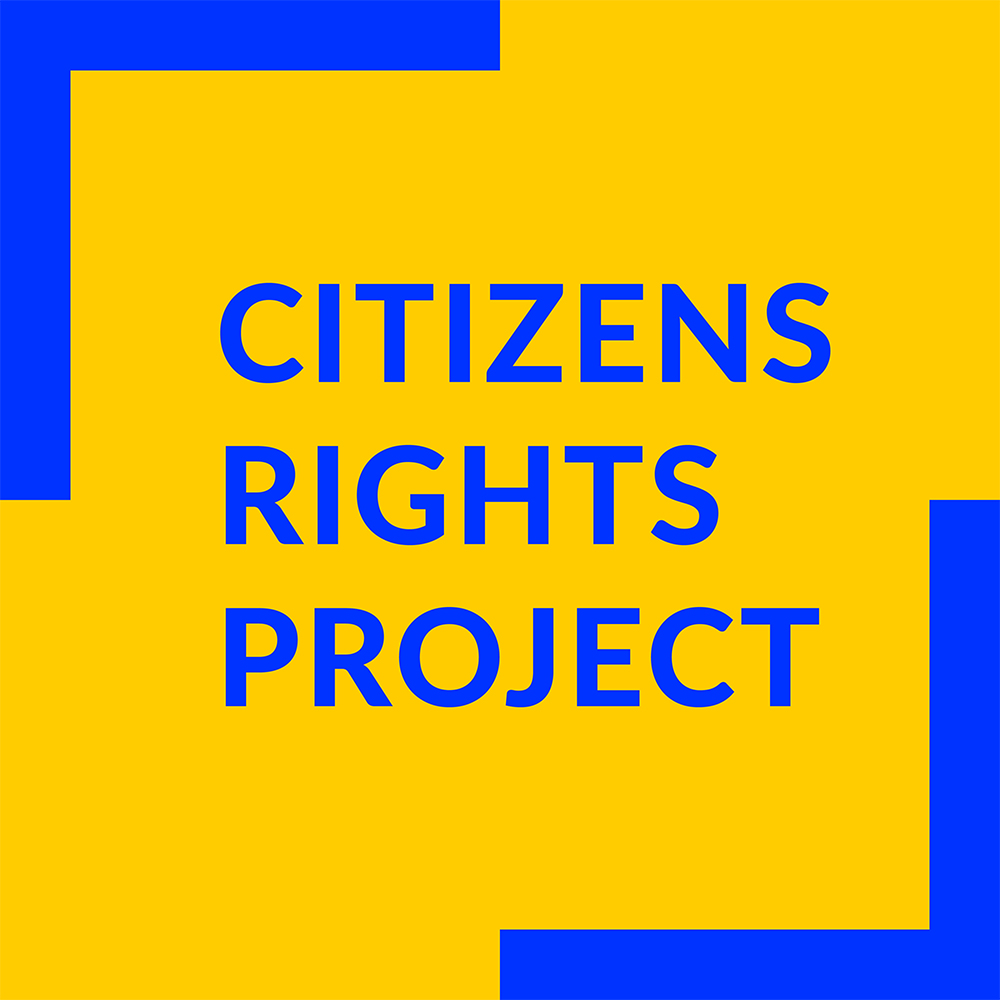Right to work checks after Brexit.
From 1st July 2021 UK employers faced changes in right to work checks for EEA nationals. Until 30th June 2021, EEA nationals could prove their right to work by presenting a valid ID document but now, new employees must provide proof that they have been granted (or at least applied for) status under the EU Settlement Scheme. Without a valid confirmation of the right to work, employers cannot sign new staff. If they do, they can face a penalty up to £20,000 for employing undocumented workers.
It is very important to remember that these checks apply only to new staff recruited from 1st July 2021. Employers are not obliged to carry retrospective checks on their existing employees. Employer’s guide states:
There is no requirement for a retrospective check to be undertaken on EEA citizens who entered into employment up to and including 30 June 2021. You will maintain a continuous statutory excuse against liability for a civil penalty if the initial checks were undertaken in line with the guidance that applied at the time you made the check.
This does not mean, however, that you will not face any consequences if you still have not applied to the EU Settlement Scheme before the deadline. Your employer can report you to the Home Office if they find out that you are residing in the UK unlawfully. More information about the situation of those who missed the deadline can be found in our blog post about late applications to the EU Settlement Scheme.
How can I prove my right to work after I have been granted pre-settled/settled status?
Once you have been granted a status under the EU Settlement Scheme, you can access your digital profile through this website: https://www.gov.uk/view-prove-immigration-status. There, you must log into your profile providing:
- Your ID document number (the one you used in the application)
- Your date of birth
- The access code that will be sent to your phone or email.
When you log into your profile, you must click on ‘prove your status to someone’ and generate the Share Code. Next, you must provide your Share Code and your date of birth to the person who requested to check that you have the right to stay and work in the UK.
For a more detailed explanation of this process you can also check our video presentation.
Employers can check your right to work by providing the above details on the website: https://www.gov.uk/view-right-to-work. They must keep the record of the page stating your right to work either in printed or digital form for the entire duration of your employment plus two years after that.
If you have a right to work for a limited time (e.g. you have pre-settled status with an expiry date), your employer is obliged to process a follow-up check after that time (e.g. to see if you changed your pre-settled status to settled).
How to prove my rights when my application is pending?
If you submitted your application, but you still have not yet received a decision, your rights to reside or work in the UK are still protected. On 6th August 2021, the Home Office announced the additional temporary protection for those who submitted late applications, meaning that their rights are still protected once they submitted their EUSS application.
To prove your right to work, you can use the Certificate of Application that you should have received by email from the Home Office when you submitted your application. From 1st July 2021, people with outstanding applications are receiving a digital Certificate of Application. It is important to remember that the Certificate of Application is not a form of temporary status, but only a proof of submitting a valid application. It gives temporary protection of rights in the UK but only until the decision on the application is made. If your application has been refused, you have a right to appeal the decision, but after that time the temporary protection is not in place anymore.
If you have received a digital Certificate of Application, this could be accessed just like a digital profile via https://www.gov.uk/view-prove-immigration-status. You will be able then to generate the Share Code to prove your right to work.
If you are not able to generate the Share Code, your employer can contact the Home Office using Employer Checking Service. This service, however, might not be available shortly after you submit the application, as the employer guide explains:
If you request verification from the Employer Checking Service (ECS), because the employee or potential employee has an outstanding application with us or appeal or administrative review against a Home Office decision, you should wait at least 14 days after the application, appeal or administrative review has been delivered or posted to us or the court, before requesting a verification check. This is because it takes this amount of time for most applications, appeals or administrative reviews to be registered with the Home Office.
In order to make the verification request with the ECS, you must obtain confirmation from your employee or potential employee of when the application, appeal or administrative review was made to the Home Office. This information must be included in the request form.
If you applied to the EU Settlement Scheme before the deadline but have not yet received the Certificate of Application, please check the letter from the Minister of Future Borders and Immigration from 29th June 2021 for more information.
If you need help accessing your digital status, you can contact the UKVI Resolution Centre (this is a different line than the EU Resolution Centre that deals with applications).
Telephone: 0300 790 6268
Monday to Friday (excluding bank holidays), 8am to 8pm
Saturday and Sunday, 9:30am to 4:30pm
If you cannot contact UK 0300 numbers, use +44 (0)203 875 4669.
Problems with proving the right to work.
Some EEA nationals are facing problems when proving their status and right to work, according to the report by the3million, a grassroots organisation of EU citizens living in the UK. Some employers conduct right to work checks improperly by not accepting Share Codes, requesting a proof in PDF format, or requesting more than one proof of right to work. These practices are against the rules in the employer’s guide:
You cannot mandate how an individual proves their right to work. To ensure that you do not discriminate against anyone, you should provide every opportunity to enable an individual to prove their right to work.
The employer’s guide refers also to codes of standards and warns employers that they should not discriminate when conducting right to work checks:
You should not make assumptions about a person’s right to work in the UK or their immigration status on the basis of their colour, nationality, ethnic or national origins, accent or the length of time they have been resident in the UK.
It also explains what you can do if you feel that you have been discriminated:
Anyone who believes that they have been discriminated against, either directly or indirectly, by an employer, a prospective employer or an employment agency, because of their race or a protected characteristic may bring a complaint before an Employment Tribunal, or an Industrial Tribunal in Northern Ireland. If the claim is upheld, the Tribunal will normally order the employer to pay compensation, for which there is no upper limit.
If you experience any technical problems with accessing your digital status, generating Share Code or any other problems with demonstrating your status, you can report it to the3million or make a complaint to the Independent Monitoring Authority for the Citizens’ Rights Agreements here.
This post was updated on 1st December 2022.


